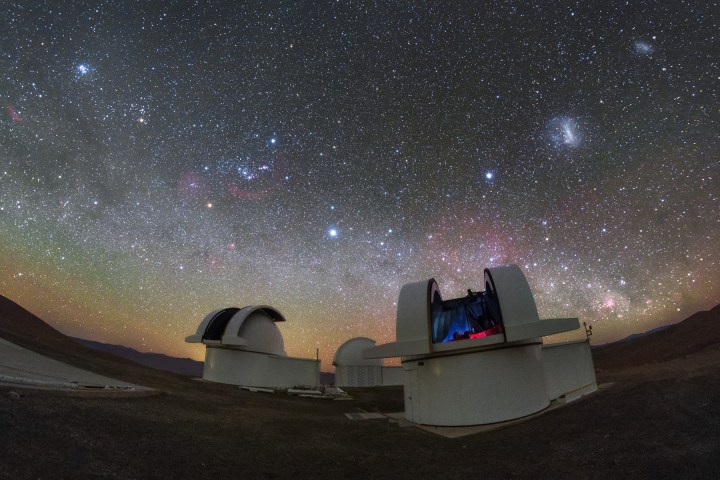Even though we’ve discovered over 5,000 exoplanets, or planets outside of our solar system, most of these aren’t very Earth-like. They’re often much bigger than Earth, being more like gas giants Saturn and Jupiter than small and rocky, and relatively few are located in the habitable zone where liquid water could exist on their surface. That’s why it’s exciting when a planet comparable to Earth is discovered in its habitable zone — as one such recently discovered planet is.
Researchers looked at a planet called LP 890-9b or TOI-4306b, previously discovered by NASA’s Transiting Exoplanet Survey Satellite. Using a ground-based telescope called SPECULOOS (Search for habitable Planets EClipsing ULtra-cOOl Stars), they studied the planet which is around 30% larger than Earth and orbits extremely close to its star, with a year lasting just 2.7 days.

While the researchers were looking at this planet, they also discovered another planet in the same system. This second planet, named LP 890-9c or SPECULOOS-2c, is around 40% larger than Earth and orbits further out from the star with an orbital period of 8.5 days. Because the star is much smaller and cooler than our sun, that places this second planet within the habitable zone.

“This second planet receives about the same amount of stellar radiation as our Earth receives from the Sun and could therefore potentially have liquid water on its surface,” one of the researchers, Robert Wells of the University of Bern, said in a statement. However, Wells warns that we shouldn’t assume that the planet would be comfortable for life based purely on its position. For example, in our solar system, Venus is close to being in the habitable zone but it has extremely high temperatures and pressure on its surface which makes it inhospitable for life.
To learn more about the recently discovered planet, the researchers want to study it using the James Webb Space Telescope to look at its atmosphere and see if it is really potentially habitable.
“To be able to answer whether this planet can indeed hold liquid surface water or not, we need to learn more about it,” Wells said. “This requires detailed observations – for example with the James Webb Space Telescope.”
The research will be published in the journal Astronomy & Astrophysics.
Editors' Recommendations
- See planets being born in new images from the Very Large Telescope
- Astronomers discover extremely hot exoplanet with ‘lava hemisphere’
- Researchers discover a 320-mph jet stream around Jupiter’s equator
- Watch a video of an exoplanet orbiting its star — made from 17 years of observations
- James Webb captures image of the most distant star ever discovered




